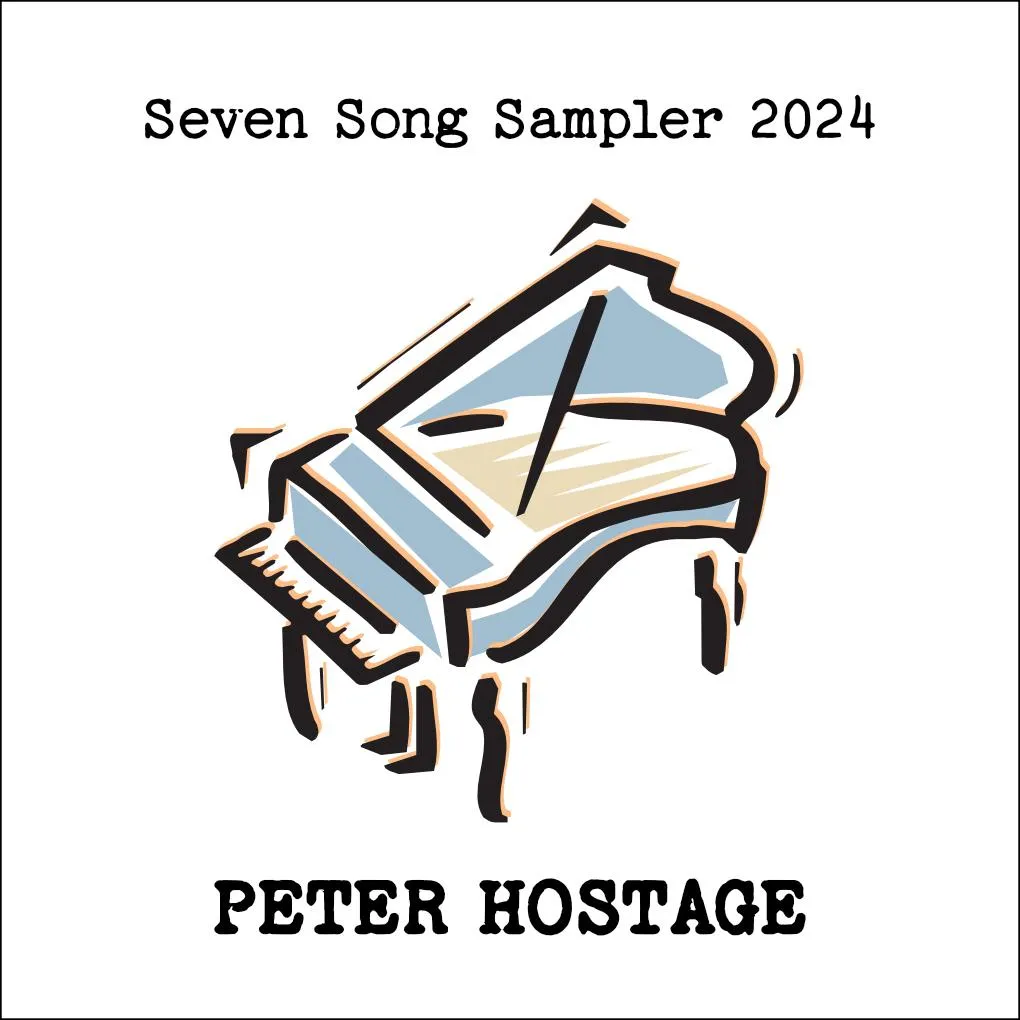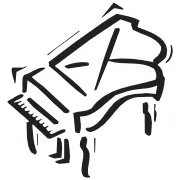
7 Song Sampler -
Just $7!
Play the Video!
Let me send you an autographed copy of "Seven Song Sampler 2024," including new music and tracks from some of my albums.
All I ask is that you pay $7 to cover the production and shipping & handling charges. Limited supply! So get yours before they're gone!
Sorry, not yet available outside USA (for now).

Outside of the USA?
Or you just don't like CD's?
Get My Free MP3 Sampler Here:
Get My 7 Song
Sampler CD -
Free!
Let me send you a signed copy of "Seven Song Sampler 2024," including new music and tracks from some of my albums.
All I ask is that you cover the shipping & handling charges. Limited supply! So get yours before they're gone!
Sorry, not yet available outside USA (for now).
Outside of the USA?
Or you just don't like CD's?
Get my Free MP3 Sampler here:
Play the video!

This Week's Featured Video:
"I'll Remember April"
“I'll Remember April” is a jazz standard with music written by Gene DePaul, and lyrics by Patricia Johnston and Don Raye. The song made its debut in the 1942 Abbot and Costello comedy “Ride 'Em Cowboy.” It has since become one of the most-played jazz standards, and has many recorded versions, including versions by: Cannonball Adderly; Chet Baker; Clifford Brown; Sonny Clarke; Bing Crosby; Miles Davis; Stan Getz; Dizzy Gillespie; Dexter Gordon; Grant Green; Woody Herman; Ahmad Jamal; Lee Konitz; Charles Mingus; Bud Powell; Charlie Parker; Sonny Rollins; Frank Sinatra; and Dinah Washinton; among many others.
Tip Jar: https://tiptopjar.com/peterhostage
Watch My Latest Videos
Here are my latest videos. In these videos you’ll see me performing the different instruments “live to video.” This means that I’m actually playing what you are seeing and hearing, not “syncing.” Most of the music is written by myself, but sometimes I’ll perform a cover.
Watch My Latest Videos...
Here are my latest videos. In these videos you’ll see me performing the different instruments “live to video.” This means that I’m actually playing what you are seeing and hearing, not “syncing.” Most of the music is written by myself, but sometimes I’ll perform a cover.
Most Recent Video:
"Nobody Knows Nothing"
"Nobody Knows Nothing"
Gizmo
When She Bops
The Awakening

Peter Hostage
is a jazz pianist/vocalist, singer-songwriter, multi-instrumentalist, producer, and music educator. He has been making music since the early 1970’s and has 6 albums (and counting) to his name. Peter finds his inspiration in that place where jazz and blues meet, and sometimes anywhere on the roots and branches of jazz and blues. He lives in New Hampshire, USA, and shares his music with the world by creating videos of his songs and compositions, that show him performing all of the (real) instruments live to camera.
Available Releases From Peter Hostage


TERMS OF SERVICE | PRIVACY POLICY
COPYRIGHT © Peter Hostage 2024






